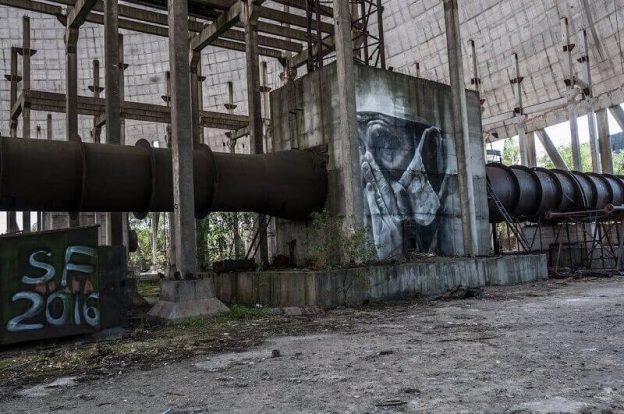As a homeowner, one of the intricate aspects to comprehend is the septic tank system. In that case, understanding septic tank pumping in Petaluma, CA becomes a crucial part of your property management. This can seem overwhelming for beginners, but fret not — this guide is here to help. By understanding how septic tanks work and the importance of their maintenance, you’ll be equipped to handle this essential aspect of home ownership. Let’s start your journey toward proficiently managing your septic tank system.
Understanding the Basics of Septic Tanks
Septic tanks are self-contained wastewater treatment systems generally made of concrete, fiberglass, or plastic. Extensively prevalent in rural areas where access to sewer systems is inadequate, they add vital functionality to residential plumbing. With every flush or faucet usage, wastewater from your home enters the tank. Once inside the tank, solids sink to the bottom, forming sludge, while lighter particles float to the top to form scum. These systems are designed with a simple yet efficient mechanism of separating and treating waste to protect public health and the environment.
Key Components of a Septic Tank
A septic tank is more than a simple storage unit for wastewater. It’s a complex system with several key components working together for efficient waste management. There are three main components: the tank, the drain field, and the soil. The tank holds the wastewater, allowing waste separation, while the drain field disperses the processed, semi-clean water. The ground acts as the final filter for the effluent, removing harmful bacteria and viruses, thus ensuring that only treated water percolates down and replenishes the groundwater.
How a Septic Tank Functions
The wastewater treatment process in a septic tank can be divided into four main stages: settling, bacterial digestion, effluent outflow, and sludge removal. The settling stage involves the separation of solid waste from the water. In digestion, bacteria in the tank decompose the organic material in the trash. The liquid waste is dispensed into the drain field in the effluent outflow stage. Finally, the sludge left behind after the bacterial digestion needs to be periodically removed to ensure the longevity and functionality of the septic tank.
Maintenance Essentials for Septic Tanks
Maintaining a septic tank is fundamental to its longevity and proper functioning. Firstly, regular inspections are crucial to detect any issues or abnormalities early on. Ensuring minimal use of heavy-duty cleaners, which can kill the helpful bacteria in the tank, is another vital maintenance aspect. Lastly, proactive measures such as preserving the area around the septic tank and educating family members about what should not be flushed down the toilet can prevent damage and clogging, ensuring that your septic tank works efficiently for years.
Consequences of Neglecting Septic Tank Maintenance
Neglecting septic tank maintenance can lead to numerous problems, from unpleasant smells and slow drains to more severe issues like sewage backup in your home or contamination of nearby water bodies. Ignoring these warning signs not only diminishes the efficiency and lifespan of your system but can also pose serious health risks to your family and neighborhood. Moreover, rectification measures and repairs can be considerably expensive and inconvenient. Hence, understanding and performing proper septic tank maintenance is critical for every homeowner.

In conclusion, understanding your septic tank should be a manageable task. This guide provides a comprehensive introduction, clearly explaining the essential elements, functioning, and importance of adequate maintenance. It’s the first step toward sophisticated home ownership in areas like Petaluma, CA. As homeowners, we realize how integral a well-maintained septic system is to the smooth running of our homes and the health of our environment. Please contact us if you want professional, reliable, and efficient septic tank pumping in Petaluma, CA. We owe it to ourselves and our community to ensure our septic tanks are managed properly – let’s start right now.





